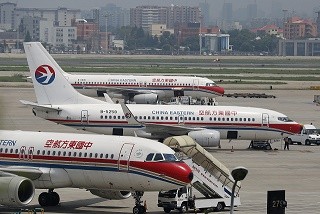With the government's intensified efforts to efficiently use airspace resources, China has opened more than 30 percent of its low-altitude air region, which had been previously fully controlled.
The statement was announced by senior airspace regulator Cai Jun during the 4th China International General Aviation Convention held in Xi'an, Shaanxi Province, reported Xi'an Evening News on Sunday.
According to a 2014 regulation on low-altitude airspace, the said region, which is normally below 1,000 meters, should be managed by a team from the country's Central Military Commission and the State Council.
The opening up of the altitude to 3,000 meters, the same standard as the United States, was previously suggested by CAAC's deputy director Wang Zhi-qing.
With the recent news, the airspace will now be divided into three areas: controlled, monitored, and those areas where aircrafts can freely fly.
As stated by former Ministry of National Defense spokesman Geng Yansheng back in July 2014, the airspace reform would help maximize resources and ensure flight safety.
Experts have agreed that the strict regulation of the low-altitude airspace was pushed forward for various reasons, one of which is national security. They are also optimistic that the reform will attract more investments in the aviation industry.
Moreover, the opening up can provide additional employment opportunities, which in turn can drive economic growth.
Meanwhile, a total of 31 billion yuan worth of projects were signed during the conventions. The endeavors, totaling 89, are seen to be beneficial to the aviation industry's manufacturing, consulting and financing sectors.



























